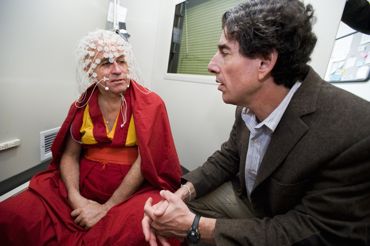ম্যাথিউ রিচার্ড ফরাসি নাগরিক বর্তমান আবাসস্থল নেপালের একটি আশ্রমে বৌদ্ধ ভিক্ষু হিসেবে, যাকে বিজ্ঞানি রিচার্ড জেঃ ডেভিডসন অভিহিত করেছেন পৃথিবীর সবচেয়ে সুখী মানুষ বলে তার গবেষনায় প্রাপ্ত ফলাফলের মাধ্যমে এ সম্পর্কিত কিছু ছবি, ছবিতে রিচার্ড জেঃ ডেভিডসন,ম্যাথিউ রিচার্ড ও পরিক্ষার কিছু ফলাফল এবং ম্যাথিউ রিচার্ড এর একটি ভিডিও দেয়া গেলো যেখানে ম্যাথিউ রিচার্ড বর্ননা করেছেন -সুখ আর অসুখ নিয়ে । ।
যে বিষয় নিয়ে লিখছি তার ঘটনাকাল ৫ জুন ২০০৮ ইংরেজি কিন্তু সম্প্রতি এ বিষয়ে অনেকেই ফেইসবুকে যেভাবে বাংলা ও ইংরেজিতে লিখেছেন তাতে মনে হয় গতকাল ঘটেছে তার উপরে দেখেছি অনেক ভুল তথ্যের অবতারনা যেমন রিচার্ড ডেভিসন নয় রিচার্ড জেঃ ডেভিডসন (Richard J. Davidson) বিজ্ঞানির নাম; ইউনিভার্সিটি অব উইসকনসিন নয় তা হবে ইউনিভার্সিটি অব উইসকনসিন-মাডিসন (University of Wisconsin-Madison) ; ২৫৬টি সেন্সর লাগান তা সঠীক নয় তা হবে ১২৮ টি; লিখেছেন মায়া বা সমবেদনার ধ্যান নিয়ে গবেষনা তা নয় বিভিন্ন ধরনের ধ্যান ছিল সে গবেষনায় অন্তর্ভুক্ত তবে ম্যাথিউ রিচার্ড যা করছিলেন তাকে বলা যেতে পারে চারি ব্রক্ষ্ম বিহার ভাবনা ইত্যাদি। তবে সাধু বাদ যিনি বা যারা এ লেখাটি সাধারনের অবগতির জন্য প্রকাশ করেছেন । ঊদ্দেশ্য মহৎ ।
সম্প্রতি অনেকের পোষ্টটে যেভাবে বিষয়টি উঠে এসেছে তা নিম্নরুপঃ
“ইউনিভার্সিটি অব উইসকনসিনের অধীনে ১২ বছরব্যাপী ধ্যান ও মায়া বিষয়ক এক গবেষণায় অংশ নেন ৭০ বছর বয়সী ভিক্ষু ম্যাথিউ । ম্যাথিউ রিচার্ড যে পৃথিবীর সবচেয়ে সুখী মানুষ সে সিদ্ধান্তে পৌঁছানোর আগে স্নায়ুবিজ্ঞানী রিচার্ড ডেভিসন ওই ভিক্ষুর শরীরে ২৫৬টি সেন্সর লাগান। এ সময় মায়া বা সমবেদনার ধ্যান করছিলেন ম্যাথিউ। ডেভিসন দেখতে পান যে, ধ্যান চলাকালে ম্যাথিউয়ের মস্তিষ্ক গামা তরঙ্গের একটি স্তর উৎপাদন করে। যার সাথে চেতনা, মনোযোগ, শেখা এবং স্মৃতির সম্পর্ক আছে। যা আগে কখনোই কোনো বৈজ্ঞানিক প্রতিবেদনে উঠে আসেনি।
সেই সময় ডেভিনসর লেখেন, স্ক্যানে দেখা যায় ম্যাথিউয়ের মস্তিষ্কের বাম দিকের বহিরাবরণ বেশি কার্যকর। যার কারণে নেতিবাচকতার প্রভাব থেকে মুক্ত হয়ে বেশি বেশি সুখী থাকতে পারেন তিনি।”………
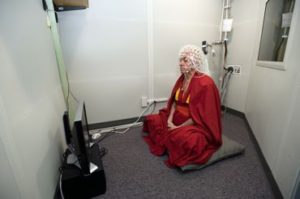
©UW-Madison University Communications 608/262-0067
Photo by: Jeff Miller
Date: 06/08 File#: NIKON D3 digital frame 2810

©UW-Madison University Communications 608/262-0067
Photo by: Jeff Miller
Date: 06/08 File#: NIKON D3 digital frame 2849
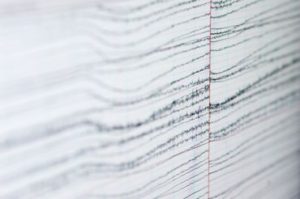
©UW-Madison University Communications 608/262-0067
Photo by: Jeff Miller
Date: 06/08 File#: NIKON D3 digital frame 2889
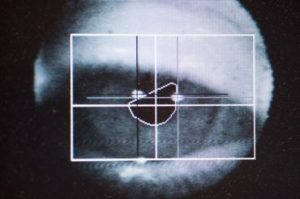
©UW-Madison University Communications 608/262-0067
Photo by: Jeff Miller
Date: 06/08 File#: NIKON D3 digital frame 2763
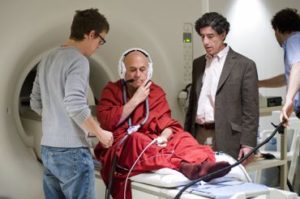
©UW-Madison University Communications 608/262-0067
Photo by: Jeff Miller
Date: 06/08 File#: NIKON D3 digital frame 2584
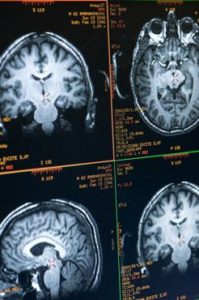
©UW-Madison University Communications 608/262-0067
Photo by: Jeff Miller
Date: 06/08 File#: NIKON D3 digital frame 2676
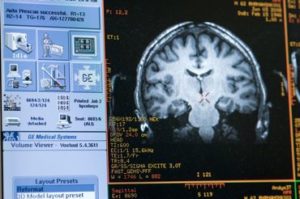
©UW-Madison University Communications 608/262-0067
Photo by: Jeff Miller
Date: 06/08 File#: NIKON D3 digital frame 2684
ম্যাথিউ রিচার্ড তার এক লেখায় ধ্যান সম্পর্কে ৭টি কথা বলেছেন যা ইংরেজীতে (বঙ্গানুবাদ করার সময় পেলাম না দয়া করে কেউ করে দিলে অনেকের উপকার হবে।) নিম্নরুপঃ
1) A healthy mind should act like a mirror – faces can be reflected in a glass but none of them stick. Use the same technique with thoughts – let them pass through your mind but don’t dwell.
2) It’s impossible to stop thoughts from coming but focusing on a particular sound or the breath going in and out calms the mind, giving greater clarity. Controlling the mind is not about reducing your freedom, it’s about not being a slave to your thoughts. Think of it as directing your mind like a boat rather than drifting.
3) Be mindful – pay attention to the sensations of your breath going in and out. If you notice your mind wandering simply bring it back to focusing on your breath. This is known as mindfulness. You can apply it to other sensations to bring you into the ‘now’ rather than dwelling on the past or future. You could focus instead on heat, cold and sounds that you hear.
4) Once you’ve achieved some skill in this you can use that to cultivate qualities such as kindness, or dealing with disturbing emotions. He says everyone has felt all-consuming love but usually it lasts for about 15 seconds, but you can hold on and nurture this vivid feeling by focusing on it in meditation. If you feel it becoming vague you can consciously revive it.
5) Like when playing the piano, practicing the feeling for 20 minutes has a far greater impact over time than a few seconds. Regular practice is also needed like watering a plant.
6) You can then use meditation to gain some space from negative emotions. Richard says: ‘You can look at your experience like a fire that burns. If you are aware of anger you are not angry you are aware. Being aware of anxiety is not being anxious it is being aware.’ By being aware of these emotions you are no longer adding fuel to their fire and they will burn down.
7) You will see benefits in stress levels and general well being as well as brain changes with regular practice in a month. Those who say they don’t have enough time to meditate should look at the benefits: If it gives you the resources to deal with everything else during the other 23 hours and 30 minutes, it seems a worthy way of spending 20 minutes.
 NEWS.NIRBANKAMI.COM NEWS.NIRBANKAMI.COM
NEWS.NIRBANKAMI.COM NEWS.NIRBANKAMI.COM

